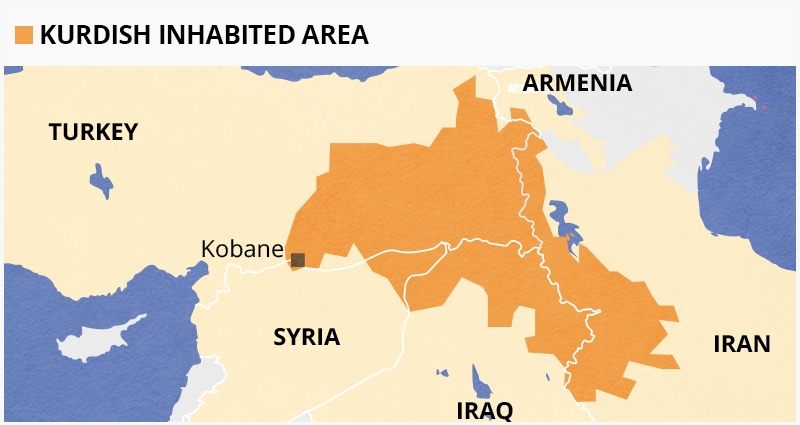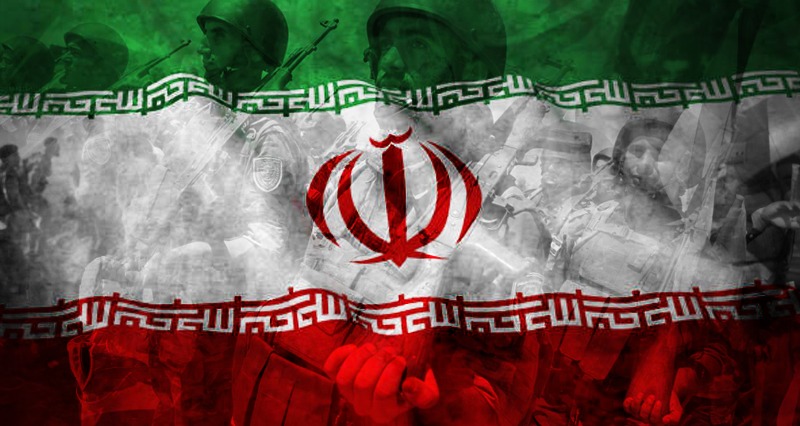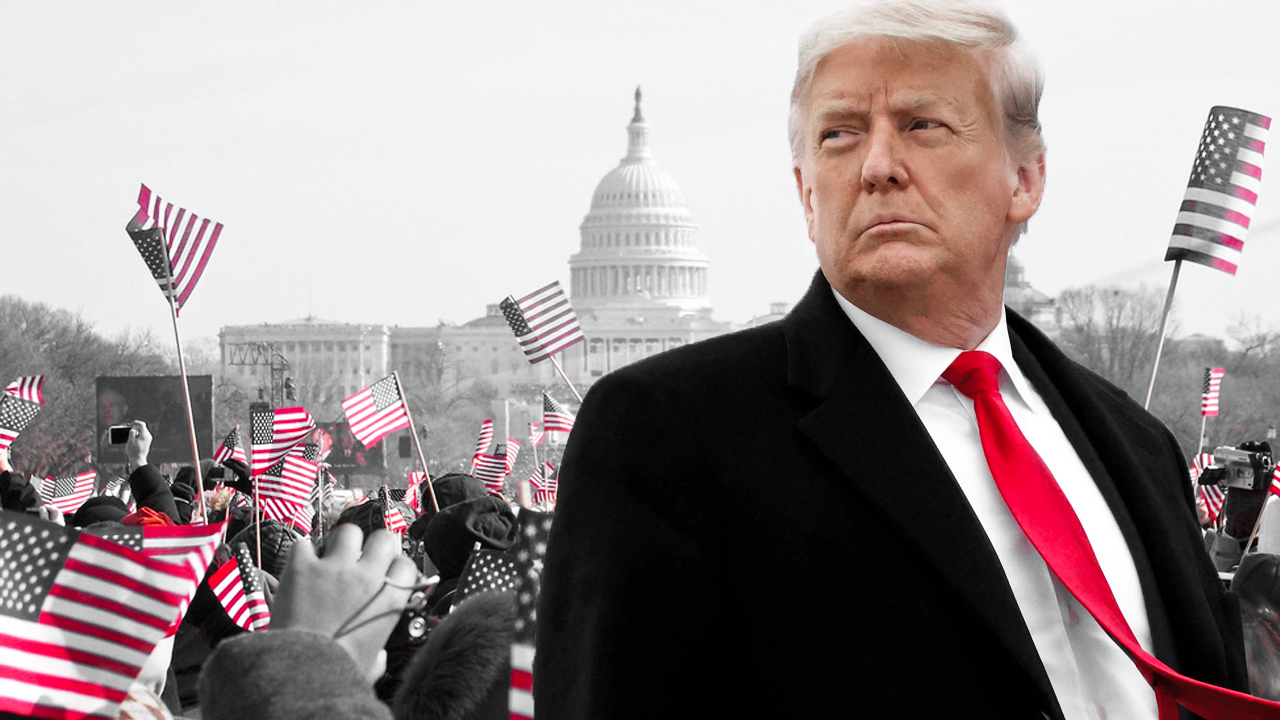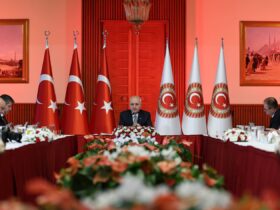Kurds constitute 10% of Iran’s population, generally residing along its western borders. There is a perfect relationship between the Kurdish people and the Iranian government. However, there also exists a limited separatist movement among the Kurds, which makes the Kurdish question paradoxical.
KURDISH GROUPS IN IRAN
Eight major groups have managed to include Iranian Kurds in their organization, however, it is noteworthy that not all Iranian Kurds are members of these eight groups. Naturally, many of Iranian Kurds are not involved in political activity at all. The Democratic Party of Iranian Kurdistan (PDKA) was one of the first Kurdish separatist groups established in 1945. They formed in order to push for independence from Iran. After the 1979 Islamic Revolution, they shifted their operations toward regime change.
Today marks the 74rd anniversary of the Democratic Party of Iranian Kurdistan. The 74rd anniversary of PDKI was celebrated at one of the party’s bases in Kurdistan.#PDKI#Rasan#Twitterkurds pic.twitter.com/u7XvfwCwPj
— PDKI (@PDKIenglish) August 16, 2019
In 2006, several members of PDKA separated from the group and continued their activities in the form of a new group, the Kurdistan Democratic Party (KDP). They say that their goal is to achieve self-determination and federalism in Iran. The Organization of Iranian Kurdistan Struggle (Khabat) is comprised of Iranian Kurdish nationalists and people with religious motivations who seek to overthrow of the Islamic Republic of Iran (IRI).
Happy establishment day to the Kurdistan Democratic Party. 73 years ago, the #KDP was established to serve the #Kurdish cause and it has continuously done so ever since. Trust of the people of #Kurdistan after all these years speaks for the success of the party in itself. pic.twitter.com/mY1CCwRcVQ
— Sirwan Barzani (@SirwanBarzani_) August 16, 2019
One of the most radical Kurdish groups is the Kurdistan Freedom Party (PAK), founded in 1991. They call for the separation of Iranian Kurdistan and actually believe that the Iranians have occupied Kurdistan. One of the most appalling Kurdish groups in Iran is the Kurdistan Free Life Party (PJAK), which has been widely involved in terrorist operations in Iran. The group was founded in 2004 and is now included on the list of designated terrorist groups. The relationship between PJAK and other Kurdish groups in Iran is extremely poor as well.
https://twitter.com/kurdiscat1/status/1170728285359288320
Like PJAK, Komalah Party of Iranian Kurdistan (Komalah) is another group that conducts military operations against the IRI and is considered a terrorist group. Founded in 1969, they have consistently tried to overthrow the IRI. The Yarsan Democratic Organization (YDO) is another group whose political activities are oriented against the IRI. Headquartered in Sweden, YDO was founded in 2012.
The most politically motivated Kurdish group in Iran is the Kurdish United Front (KUF), which is recognized by the Iranian government and has even been represented in the Iranian parliament.
THE KURDS’ POSITION TOWARD IRAN
Kurds in Iran consider themselves to be among the Iranian tribes and supporter the Iranian government. During the eight-year war between Saddam Hussein and Iran, the Iranian Kurds played a significant role in the fight against Saddam Hussein. By their own means, they were able to preserve much of Iran’s western border.

However, there are also some Iranian Kurds who are trying to break away from Iran. While they are not significant in number, they are well organized. The PDKA, KDP, Khabat, PAK, PJAK, Komalah and YDO are among the groups that have organized separatist Kurds. In the war between Saddam Hussein and Iran, the PDKA and Komalah fought for Saddam Hussein against Iranian forces.
THE RELATIONSHIP BETWEEN IRANIAN KURDS AND OTHER KURDS IN THE REGION
Kurds in Iran have deep cultural and ethnic ties with Kurds in Iraq, Turkey and Syria. However, in some cases, they have formed relationships with terrorist organizations. For example, PJAK is considered a branch of the Kurdistan Workers’ Party with its subsidiaries in Turkey, Iraq and northern Syria. PKK-affiliated groups have been put on the list of terrorist groups by Iran, Turkey, Iraq, Syria and the European Union (EU).
However, racially, the Kurds are an Iranian ethnic group, not Turkic or Arab. Moreover, the Kurdish language is a branch of the Persian language. Thus, the Kurds in Iran face no barrier to political or civilian activities; many Iranian government officials are Kurds. If the Kurds in Turkey can be considered as pioneers of military operations, Kurds in Iran should be regarded as pioneers of civilian activities. In this respect, among other Kurds in the region,
Iranian Kurds can be seen as a role model for engaging in civilian activities by renouncing terrorism and military operations.
KURDISH SEPARATIST ACTIVISTS IN IRAN
In Iran, there is an excellent relationship between Kurds and other ethnic groups: they reject the idea of separatism. Nonetheless, like every country in the world, Iran also has a variety of ethnicities, some of which who are in the minority and laden with separatist elements. Accordingly, a few Kurds in Iran are also seeking to break away the Kurdistan region from Iran. Their first attempts at secession began in 1943. In 1946, by introducing northwestern Iran as a separate country, they sparked a backlash by the Iranian government against the Kurds and their separatist movement.
https://twitter.com/KPLawchak/status/1196413760640049153
In the years following the 1979 Islamic Revolution, the separatist Kurds resumed their military activities under the auspices of the United States, Israel and Saudi Arabia. The most intense operation by these separatists took place in August 1979, during which the separatist Kurds took control of the city of Paveh in western Iran and neighboring Iraqi Kurdistan for six days.
Since then, they have never managed to take control of any part of Iranian territory. Additionally, their activities have been limited to terrorist attacks against Iranian soldiers and civilians.

















Leave a Reply